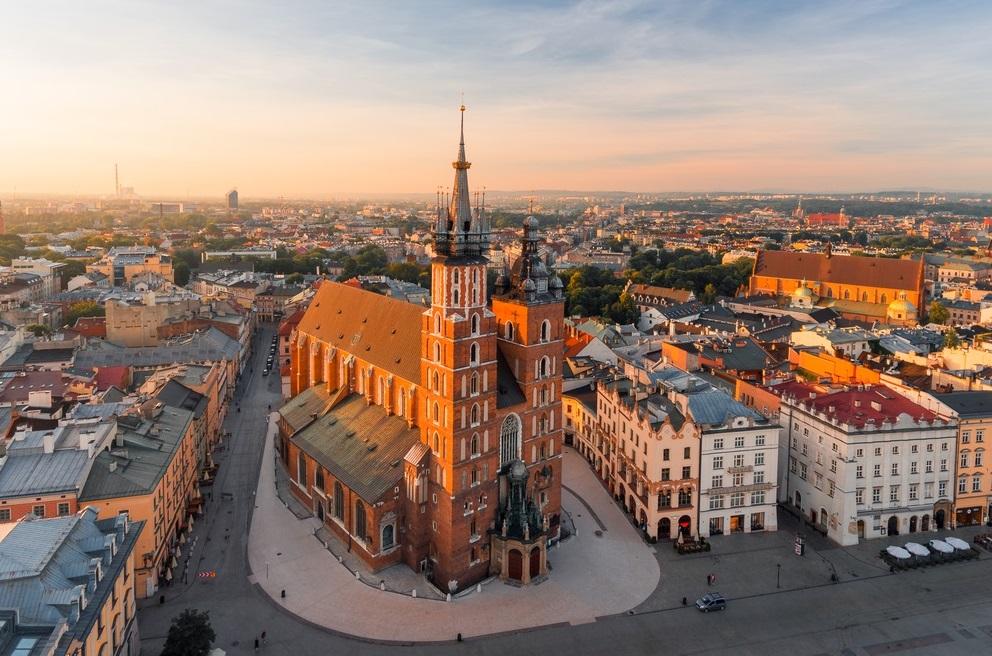Think cobblestone streets, a bustling town square and arcaded merchant hall, a castle and a cathedral on a hill. The sun sinks in the west and the warmth creeps into the bricks of centuries past as the locals come out into the plaza for a promenade, a meal, or to see whatever performers have come to entertain this evening.
This is Krakow, one of those gorgeous historic European cities travelers should not miss. Think Prague, but unlike its Czech neighbor 240 miles to the west, surprisingly not overwhelmed by tourists.





